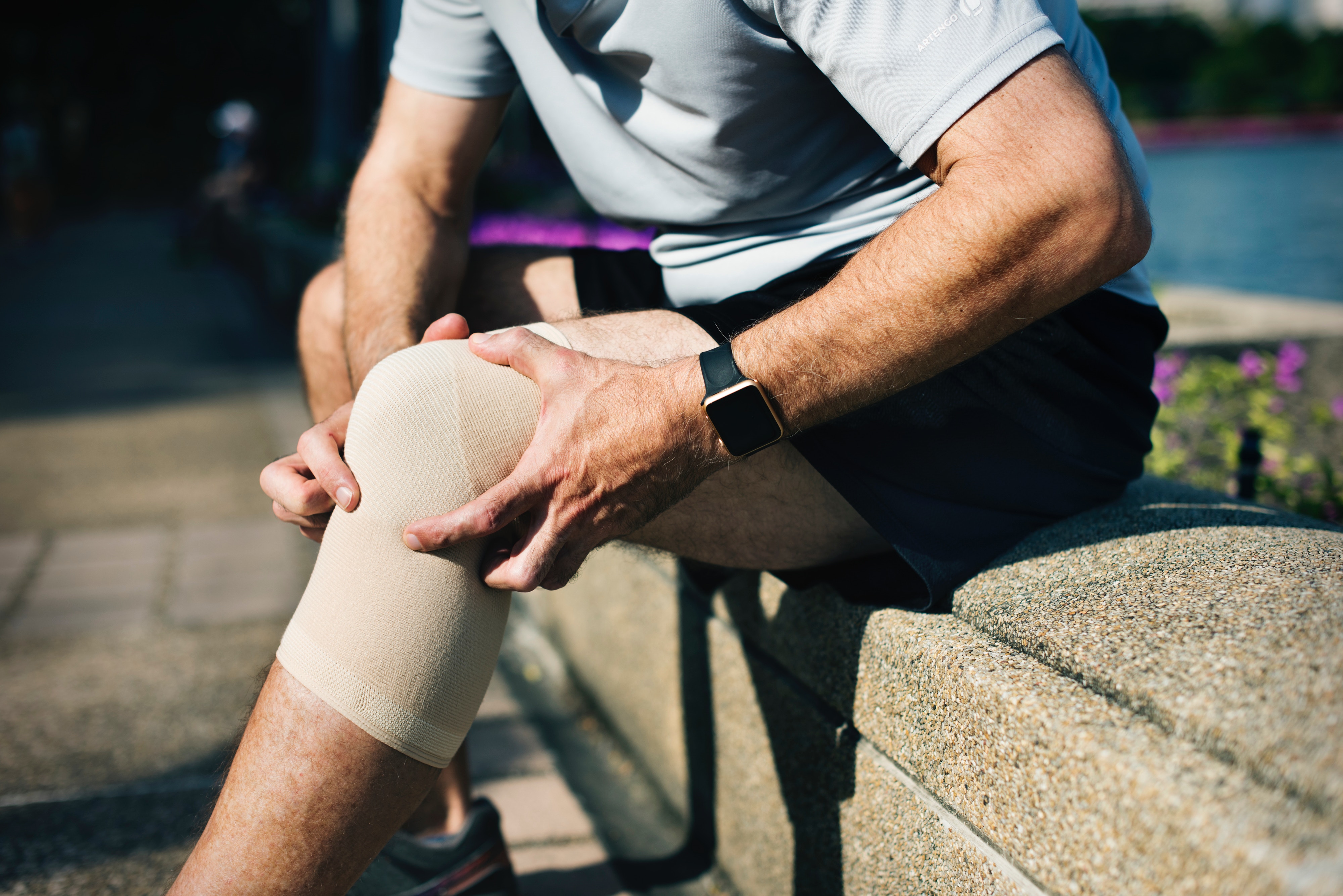
Knee injuries are some the most common injuries for which athletes seek surgery. Yet, there are alternatives to surgery for some knee injuries, such as a torn meniscus. The answer? A new study found that physical therapy is just as good if not better than surgery.
Knee surgery among athletes for injuries is common. It’s so common, in fact, that the sports medical community has been looking for alternatives to cut down on costs as well as athlete downtime from the injury and surgery. Furthermore, they’ve been looking for ways to cut down on the number of athletes on opioids and pain medication due to surgery. It turns out that not all knee injuries, such as a torn meniscus, needs surgery.
In fact, a new study published recently shows that physical therapy may be better than surgery, or at very least just as effective.
Rehabilitation For A Torn Meniscus
According to the Mayo Clinic, a torn meniscus is one of the most common knee injuries for both competitive and recreational athletes. Any activity that requires twisting and rotating the knee can lead to a torn meniscus; and it’s not just relegated to athletes. Losing balance or slipping on a wet surface can result in a torn meniscus. Yet, the injury is most common among athletes that have to run and stop suddenly or quickly turn direction, such as in soccer, basketball, hockey, volleyball, and football.
Your knees have a cartilage that act like cushions between your bones and the joint. The c-shaped pieces of cartilage are the menisci and cushion your knee between the shinbone and thighbone. When you tear this cartilage, it causes pain, swelling and stiffness. It becomes difficult to put weight on your knee as well as extend your leg fully. A torn meniscus can block your knee from it’s full range of motion which greatly affects you function both during physical activity and in your daily life.
Surgery was often the solution for a torn meniscus if rest, ice, and medication didn’t solve it. Now, however, studies show that physical therapy is an alternative for most knee injuries. Furthermore, researchers found that physical therapy helped the knee return to normal functioning better than surgery if done correctly. The reason being that most people assume that surgery solves the problem right away without changing the factors that led to the tear.
Handpicked Content How To Reduce Your Knee Pain Weak Hips Linked To Knee Pain 4 Ways To Save Your Knees Safe Ways To Training During Injury Recovery
Lowering The Risk Of Knee Injuries
While surgery and physical therapy are both effective in treating a torn meniscus, it’s physical therapy that really focuses on lowering the risk. Many people assume that surgery is an end all, be all solution. Yet, it doesn’t address the factors that led up to the tear.
Granted, if you’re a basketball player that tore your meniscus while pivoting, you might not have been able to prevent this. However, there are ways to lower your risk of tearing it as well as creating conditions to recover quicker. Many times, knee injuries are the result of weak supporting muscles as well as improper technique.
Physical therapy identifies those weak muscles and sports physical therapy focuses on proper technique to prevent future injuries. Often your risk of knee injury increases with weak hips, glutes and core as well as poor knee mobility. Even if you’re an athlete, you may have weaknesses in your hips and glutes that are causing instability in your knees. With the added stress of pivoting and suddenly stopping in your sport, you increase your risk of tearing.
Physical therapy works to not only rehabilitate an injury but also prevent it from happening again. It does this by strengthening the supporting muscles around the knee as well as focusing on joint stability and mobility. The point of physical therapy isn’t just to return to normal if normal is what caused a higher risk of injury. The point is to create better function and stronger joints to prevent it from happening again.
Related Content:
How Targeted Strengthening Prevents Injuries
Acute Injury Prevention: Stability Training
What Are Stabilizing Muscles?


